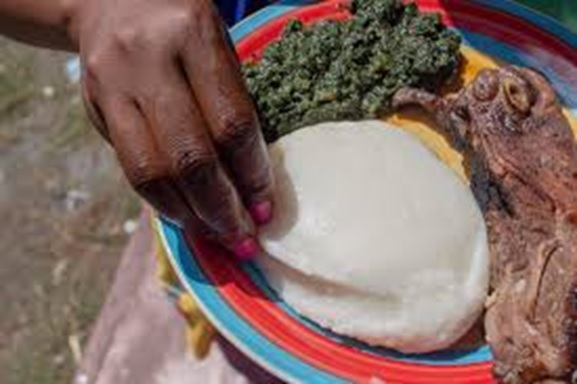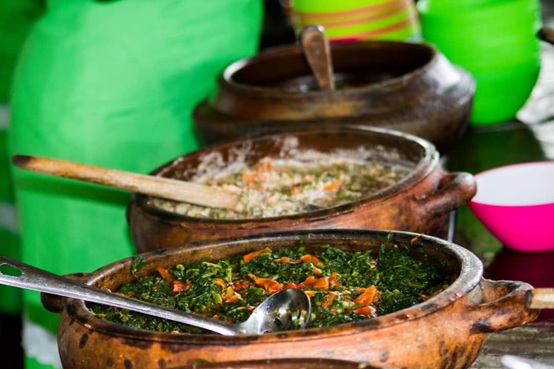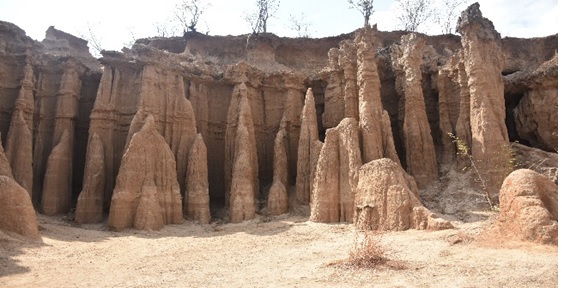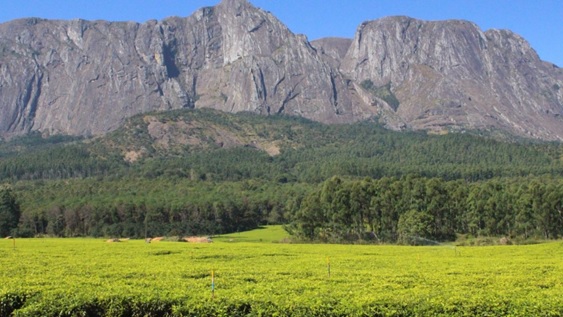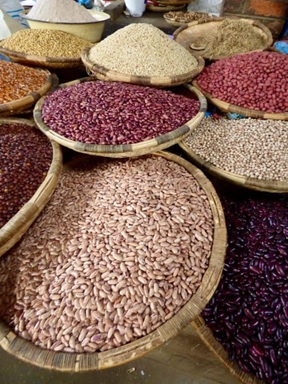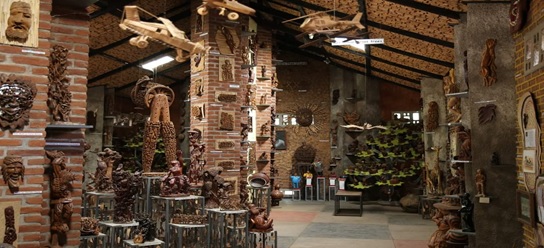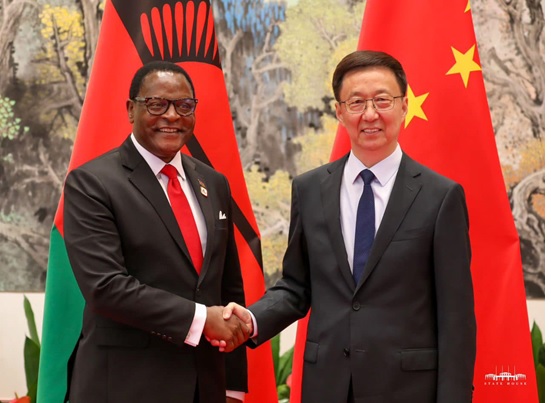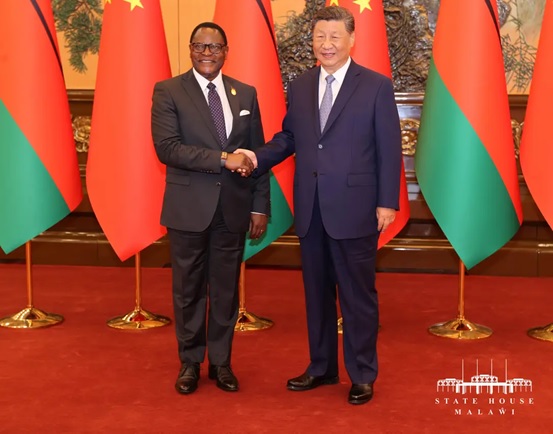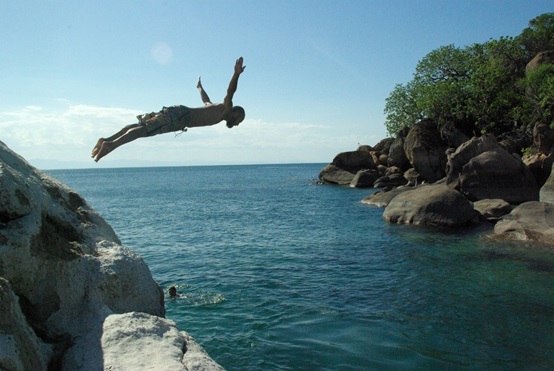People of Malawi & their culture
The People
Malawi is a multi-ethnic and multicultural country consisting of people of Bantu origin. It comprises the following different ethnic groups: the Chewa, Yao, Tumbuka, Lhomwe, Sena, Tonga, Ngoni, Nkhonde, Mang’anja, Nyanja, Lambya, Sukwa, Asian and European. The Chewa people form the largest part of the population group and are largely in the central and southern parts of Malawi. The Yao people are predominately found around the southern area of Lake Malawi; the Tumbuka are found mainly in the north of the country; the Lhomwe are predominantly in the Shire Highlands; the Sena are mainly found in the southernmost tip of Malawi in the lower shire; and Tonga are largely in the central part of lake Malawi in the north. There are also small populations of Asians.
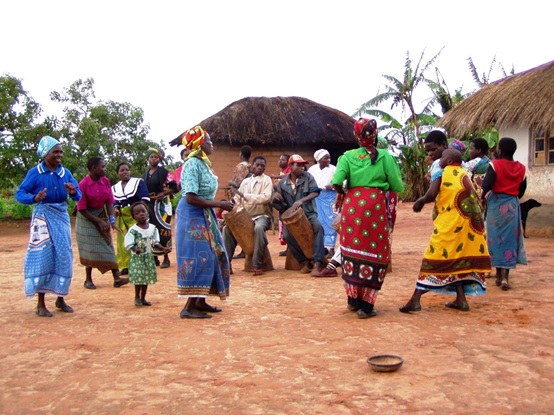
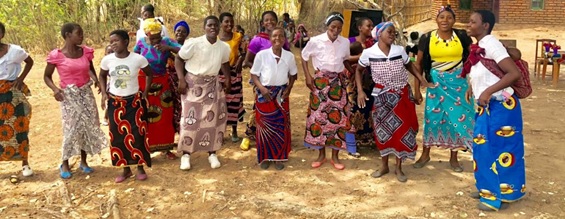
Cultural Life
Cultural Dances
The ethnic groups in Malawi are unique, each one with their own cultural characteristics which are expressed mainly through dances. Some of the cultural dances by tribes in Malawi are:-
Gulewamkulu (Supreme Dance)
Practiced by the Chewa people of Central Malawi during rituals and celebrations. The dance was proclaimed a masterpiece of oral and Intangible Cultural Heritage of Humanity by UNESCO. 
Gule wamkulu
Vimbuza
Vimbuza is a psychiatric healing dance popular among the Tumbuka people living in northern Malawi. It was also proclaimed a masterpiece of oral and Intangible Cultural Heritage of Humanity by UNESCO.

A Vimbuza Dance
Malipenga dance
This is a dance performed among the Tonga tribe from Nkhatabay. Malipenga is performed to drums by older men, with costumes inspired by the uniforms worn by European soldiers in the Second world war.
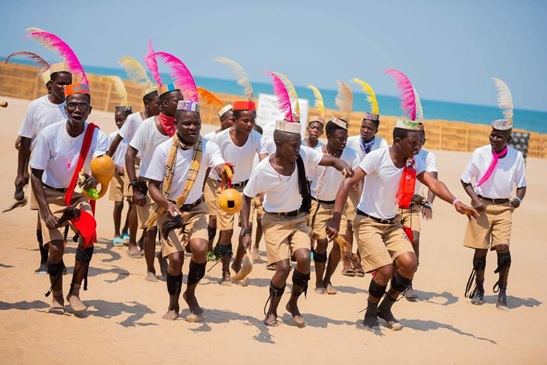
Malipenga performance
Tchopa
Tchopa is a dance mostly performed for entertainment among the Lhomwe people in southern Malawi. The dance is performed during celebrations or dedications to ancestral spirits during calamities. Some dancers carry bags on their backs, farming tools, animal skins, puppets, hunting gear or kitchen utensils.
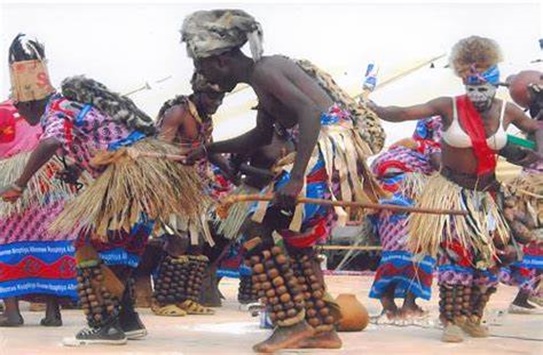
Tchopa dancers
Ingoma Dance
It is a very famous dance among the Ngoni of Mzimba and Mchinji. It was originally a war dance performed after a successful battle. During the performance, men sing, dance and stamp their feet with force, wielding shields, spears or clubs. The women sing along and ululate in agreement with the men.
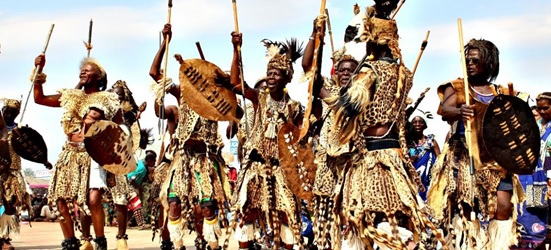
Ingoma dancers
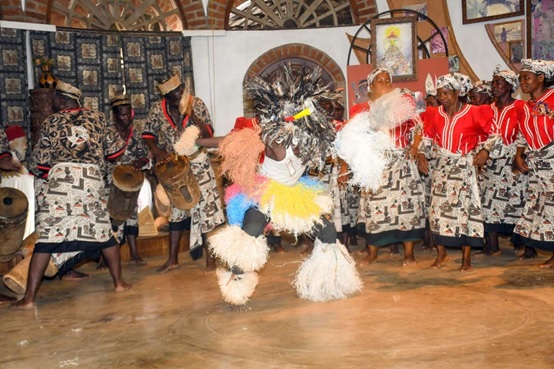
Cultural Festivals
Ethnic groups in Malawi are also unique for their cultural festivals that are a spectacle to watch. These festivals include Umthetho, Kulamba, Gonapamuhanya, Umhlangano Wa Maseko Muhlakho wa Alhomwe, Karonga -Chitipa cultural Heritage Festival and Chiwanja cha a Yao among others.
The Umthetho
This is a festival among the Ngoni of Mzimba which takes place on the second Saturday of the month of August at Hora Mountain in Mzimba. The festival is held to promote conventional governance, heritage and traditions. Umthetho means ‘custom’ or governance.
The Kulamba Ceremony
This is a celebration of the Chewa people to pay tribute to Chief Kalonga Gawa Undi through traditional dances and presentation of gifts the festival takes place on the last Saturday of the month of August at Katete in Zambia
The Gonapamuhanya Festival
The festival is held among the Tumbuka to celebrate their heritage and the Chikulamayembe Dynasty. This ceremony consists of oral tradition of recounting the Chikulamayembe lineage and dance performance. The festival takes place during the last weekend of the month of September at Bolero in Rumphi.
Umhlangano wa Maseko
The annual event takes place among the Ngoni of Ntcheu. It is an event in which the Maseko Ngoni’s converge to celebrate their culture. The festival is held early September.
Mulhakho Wa Alhomwe
The festival marks the heritage of the Lhomwe people. It features an array of events including traditional dance performances, recitations of oral traditions and culinary displays. The festival takes place at Chonde Mulanje in the month of October.
Karonga Chitipa Cultural Heritage Festival
The Karonga-Chitipa Cultural Heritage Festival is an annual festival held to celebrate cultural heritage with the aim of fostering development, preserving culture and norms for people of the two districts of Karonga and Chitipa.
Chiwanja cha a Yao
This is a cultural festival among the Yao people in Malawi’s Eastern region mainly from Mangochi and Machinga Districts. The festival is held to promote development through culture. The festival participants wear Yao regalia during the event. Various cultural activities and traditional dances are showcased such as M’bwiza and Masewe dances.
Malawi Food And Local Cuisine
Malawi’s staple food is maize. As such, you will find that the most dishes include nsima (a hard porridge made from maize flour). The nsima can go with any relish such as meat, chicken fish or vegetables of any kind. For a first-time visitor to Malawi, you cannot afford to miss the most popular dish of nsima with chambo (tilapia species of fish unique to Malawi), either roasted, fried or boiled.

